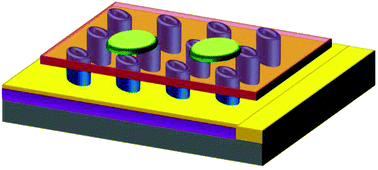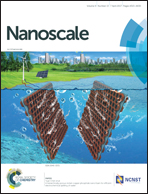Recent progress in van der Waals heterojunctions
Abstract
Following the development of many novel two-dimensional (2D) materials, investigations of van der Waals heterojunctions (vdWHs) have attracted significant attention due to their excellent properties such as smooth heterointerface, highly gate-tunable bandgap, and ultrafast carrier transport. Benefits from the atom-scale thickness, physical and chemical properties and ease of manipulation of the heterojunctions formulated by weak vdW forces were demonstrated to indicate their outstanding potential in electronic and optoelectronic applications, including photodetection and energy harvesting, and the possibility of integrating them with the existing semiconductor technology for the next-generation electronic and sensing devices. In this review, we summarized the recent developments of vdWHs and emphasized their applications. Basically, we introduced the physical properties and some newly discovered phenomena in vdWHs. Then, we emphatically presented four classical vdWHs and some novel heterostructures formed by vdW forces. Based on their unique physical properties and structures, we highlighted the applications of vdWHs including in photodiodes, phototransistors, tunneling devices, and memory devices. Finally, we provided a conclusion on the recent advances in vdWHs and outlined our perspectives. We aim for this review to serve as a solid foundation in this field and to pave the way for future research on vdW-based materials and their heterostructures.

- This article is part of the themed collection: Editor’s Choice: van der Waals heterostructures


 Please wait while we load your content...
Please wait while we load your content...